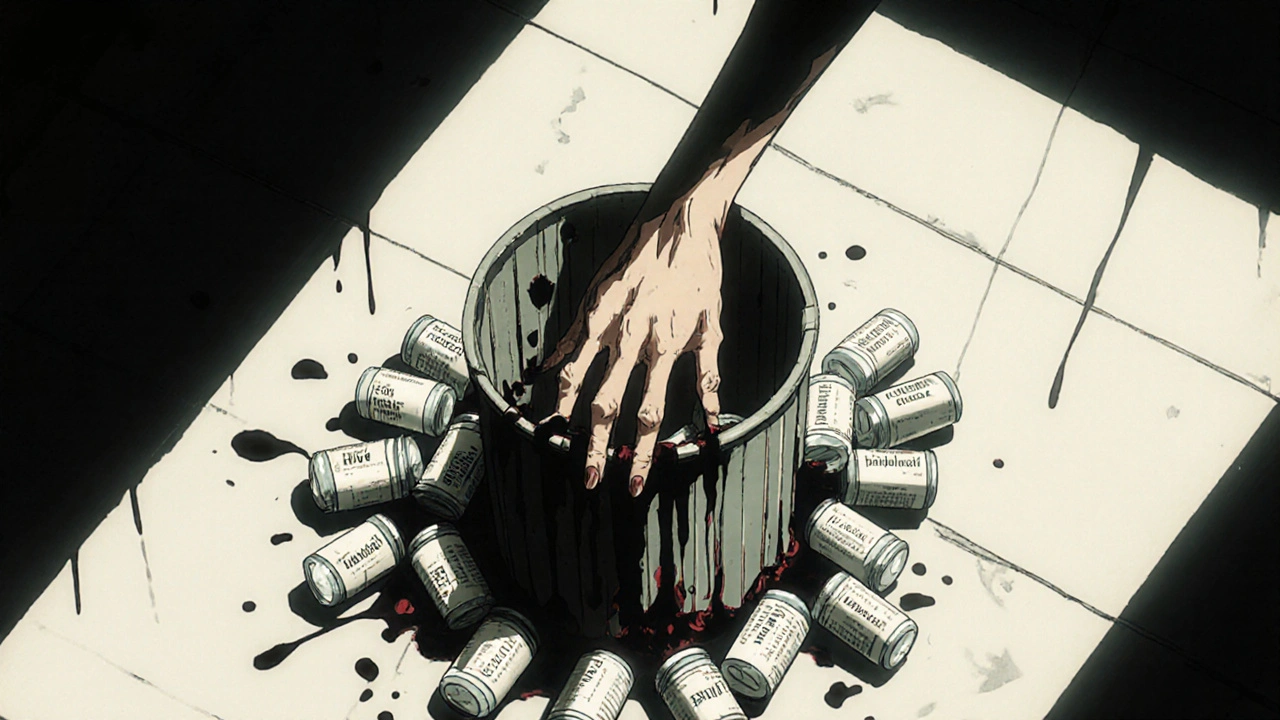Remove Prescription Label: How to Safely Remove and Dispose of Rx Labels
When you pick up a prescription, the prescription label, the sticker on your medicine bottle with your name, doctor’s details, and dosage instructions. Also known as pharmacy label, it’s meant to keep you safe—but once the bottle is empty, it becomes a privacy risk. Leaving it on means anyone who finds your trash can see what medications you take, your condition, or even your address. That’s why knowing how to properly remove prescription label isn’t just a good habit—it’s a basic step in protecting your health data.
Many people just peel it off and toss it, but that’s not enough. Prescription labels often have barcode scanners, pharmacy IDs, and even your insurance number. Even if the name is faded, a determined person could still trace it back. The best way to remove it? Use warm soapy water and a scrubber. Let it soak for 10 minutes, then rub it off with a sponge. If adhesive stays, use rubbing alcohol or cooking oil—it breaks down the glue without damaging the bottle. For extra security, cut the label into pieces before throwing it out. Don’t just crumple it and toss it in the bin. A shredded label is a safer label.
And don’t forget the bottle itself. Empty pill bottles can be recycled, but only after the label is fully gone. Some pharmacies take back empty containers, but most don’t. If you’re unsure, call your local recycling center. They’ll tell you if they accept plastic bottles with no labels. Some people reuse them for travel pills or first aid kits, but only if the label is completely gone. If you’re storing meds for someone else—like an elderly parent—always use a new, clean container with your own handwritten label. Never keep old labels on bottles that aren’t yours.
Why does this matter? Because identity thieves and drug seekers look through trash. Someone might grab your bottle to find out if you take opioids, antidepressants, or sleep aids—and then use that info to steal your identity or sell your meds. Even if you think your meds aren’t valuable, they are. A single bottle of Xanax or Vicodin can be worth hundreds on the street. Removing the label is a simple step, but it’s one that stops a lot of problems before they start.
You’ll find posts here that dig into how labels work, why generics look different, how drug names are printed, and what happens when you mix medications. Some talk about how liver disease changes how your body handles drugs, others explain why certain pills need special handling. But they all connect to one thing: understanding what’s on that label—and what should be off it after use. Whether you’re managing your own meds, helping a family member, or just trying to stay safe, knowing how to handle prescription labels is part of taking control of your health.
How to Disable Personal Information on Medication Bottles to Prevent Identity Theft
Learn how to safely remove personal info from prescription bottles to prevent identity theft. Use solvent, permanent marker, or shredding to destroy data before disposal.
read more